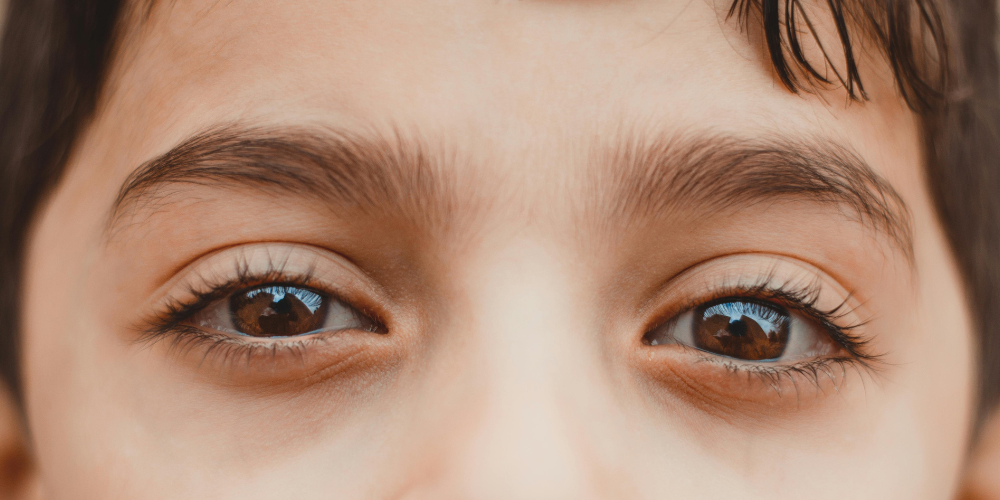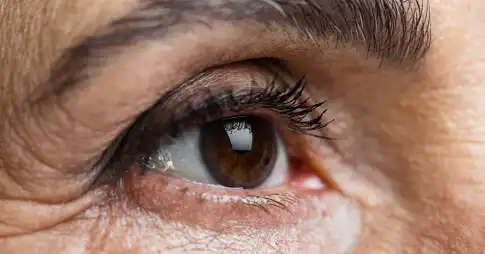Understanding Glaucoma: Causes, Symptoms, and Treatment Options
Understanding Glaucoma: Causes, Symptoms, and Treatment Options Glaucoma is a group of eye diseases that damage the optic nerve, the vital connection between the eye and the brain. Often referred to as the “silent thief of sight,” glaucoma can progress unnoticed until significant vision loss has already occurred. It’s one of the leading causes of irreversible blindness worldwide, yet early detection and proper management can help preserve vision. In this guide, we’ll explore the types, causes, symptoms, and treatment options for glaucoma, along with essential tips for prevention and long-term care. What is Glaucoma? Glaucoma refers to a collection of eye conditions that share one common feature: damage to the optic nerve. This nerve transmits visual information from the retina to the brain, enabling us to see. In many cases, increased intraocular pressure (IOP) is the primary culprit behind optic nerve damage. However, glaucoma can also develop even when eye pressure is within the normal range, highlighting the complexity of the disease. There are two main categories of glaucoma: Primary Glaucoma: Develops without an identifiable underlying cause. Secondary Glaucoma: Results from another eye condition, injury, or disease. Understanding these distinctions is essential for proper diagnosis and treatment. Types of Glaucoma 1. Open-Angle Glaucoma This is the most common form of glaucoma. It occurs when the eye’s drainage canals become gradually clogged over time, leading to increased eye pressure. Open-angle glaucoma progresses slowly, and symptoms often remain unnoticed until vision loss is significant. Key Characteristics: Gradual loss of peripheral vision Painless progression Often detected during routine eye exams 2. Angle-Closure Glaucoma In angle-closure glaucoma, the iris blocks the eye’s drainage canals, causing a sudden increase in eye pressure. This is considered a medical emergency and requires immediate attention. Symptoms of Angle-Closure Glaucoma: Severe eye pain Nausea and vomiting Blurred vision Halos around lights 3. Normal-Tension Glaucoma In this type, optic nerve damage occurs despite normal eye pressure levels. Factors such as poor blood flow to the optic nerve and genetic predisposition are believed to contribute to this condition. 4. Congenital Glaucoma This rare form is present at birth and results from an abnormal eye drainage system. Symptoms may include enlarged eyes, cloudiness, and sensitivity to light. Early intervention is critical to prevent vision loss in children. What Causes Glaucoma? While the exact cause of glaucoma isn’t always clear, several factors can increase the risk: Increased Eye Pressure (IOP): The primary risk factor for most types of glaucoma. Genetics: A family history of glaucoma increases susceptibility. Age: Risk increases significantly after age 60. Medical Conditions: Diabetes, hypertension, and poor blood circulation. Eye Injuries: Trauma can damage the drainage system in the eye. Medications: Prolonged use of corticosteroids can elevate eye pressure. Understanding your risk factors can guide preventive measures and early screening. Symptoms of Glaucoma Glaucoma is often asymptomatic in its early stages, which is why regular eye exams are so crucial. Symptoms, when they do appear, vary depending on the type of glaucoma: Open-Angle Glaucoma: Gradual peripheral vision loss, often unnoticed until advanced stages. Angle-Closure Glaucoma: Sudden eye pain, headaches, nausea, and blurred vision. Normal-Tension Glaucoma: Similar to open-angle glaucoma but without elevated eye pressure. Congenital Glaucoma: Enlarged eyes, light sensitivity, and excessive tearing in infants. If you notice any changes in your vision or experience sudden eye discomfort, seek immediate professional evaluation. Diagnosis of Glaucoma Diagnosing glaucoma involves a comprehensive eye examination and specialized tests, including: Tonometry: Measures eye pressure. Ophthalmoscopy: Examines the optic nerve for damage. Visual Field Test: Detects blind spots in your peripheral vision. Pachymetry: Measures corneal thickness, as this can affect eye pressure readings. Gonioscopy: Examines the drainage angle of the eye. Early diagnosis is crucial for slowing or preventing further damage. Treatment Options for Glaucoma While glaucoma damage cannot be reversed, treatment focuses on preventing further vision loss by controlling eye pressure. 1. Medications Prescription eye drops are often the first line of treatment. These medications either reduce fluid production in the eye or improve fluid drainage. Common Medication Types: Prostaglandin analogs Beta-blockers Carbonic anhydrase inhibitors 2. Laser Treatments Laser procedures can help improve fluid drainage in the eye. Trabeculoplasty: For open-angle glaucoma. Iridotomy: For angle-closure glaucoma. 3. Surgical Procedures When medications and laser treatments are insufficient, surgery may be necessary: Trabeculectomy: Creates a new drainage pathway. Glaucoma Drainage Implants: Devices implanted to assist fluid drainage. 4. Lifestyle and Home Care Adhere to prescribed treatments and medication schedules. Exercise regularly to promote overall health. Protect your eyes from injury and environmental hazards. Preventing Vision Loss from Glaucoma Preventive measures can significantly reduce the risk of vision loss: Regular comprehensive eye exams, especially if you’re over 40 or have risk factors. Maintain a healthy lifestyle and manage underlying health conditions. Follow your eye doctor’s recommendations closely. Living with Glaucoma A glaucoma diagnosis can feel overwhelming, but with proper care and lifestyle adjustments, most people can maintain a good quality of life. Tips for Managing Glaucoma: Use medications consistently. Stay informed about your condition. Seek support from family, friends, or support groups. Emotional well-being is just as important as physical care when managing a chronic condition like glaucoma. Contact Us Glaucoma may be a leading cause of vision loss, but with early detection, proper treatment, and consistent follow-up care, its progression can often be slowed or halted. Prioritizing your eye health with regular exams is the most effective step you can take in protecting your vision. Protect your vision today. Contact The Eye Experts to schedule a comprehensive eye examination. Your eyesight is worth it. Facebook X-twitter Youtube Instagram More than 2 results are available in the PRO version (This notice is only visible to admin users) Protect Your Vision This Winter: Top Eye Care Tips for the Cooler Months Read More See Clearly for the Holidays: Why Now Is the Perfect Time for LASIK Eye Surgery Read More Choosing the Best LASIK Services Read More Diabetes and Eye Health Read More Load More





